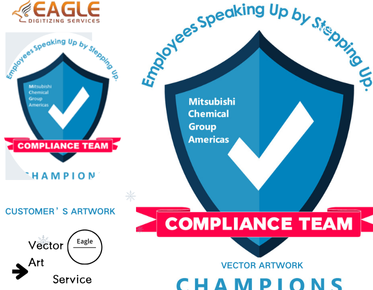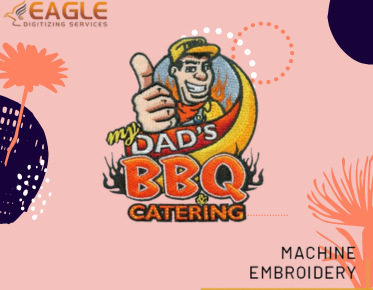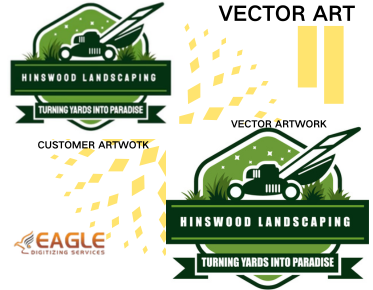Advanced Vector Design Techniques: From Flat to 3D-Like Illustrations
Creating stunning vector illustrations that possess depth and volume has become increasingly popular in today’s design world. With the enhancement of digital tools and software, transitioning from flat 2D images to eye-catching 3D-like representations can elevate branding and visual storytelling. In this blog, we delve into advanced vector design techniques that can transform your artwork from simple shapes into intricate 3D-like illustrations that captivate and communicate your vision effectively.
Understanding Vector Basics
Before diving into advanced techniques, it is crucial to have a solid understanding of basic vector graphics principles. Vectors use mathematical equations to define lines, shapes, and colors, making them scalable without losing quality. This characteristic is why vectors are widely used in various design fields, including vector art services for marketing and branding purposes.
Choosing the Right Tools
The software you use can heavily influence your design process and the final output. Adobe Illustrator and CorelDRAW are industry-standard programs renowned for their robust features tailored to vector design, such as Bézier curves and versatile color manipulation tools. Utilizing an online vector conversion tool can also be beneficial when transforming raster images into vectors, especially when starting from a sketch or photograph.
Creating Depth with Layering Techniques
One of the fundamental techniques to create a 3D illusion in vector art is effective layering. By stacking layers and adjusting their transparency and blend modes, you can simulate depth that suggests a three-dimensional space. The use of gradients to subtly blend colors can further enhance this effect and make your illustrations appear more lifelike.
Harnessing Light and Shadow
Accurate deployment of light and shadow is another powerful method for achieving a 3D-like appearance in vector illustrations. Consider the light source in your composition and consistently apply lighting rules across layers to maintain realistic depth. Techniques like drop shadows, blurs, and glow effects can further amplify the sense of dimension.
Advanced Gradient Mesh Techniques
Gradient mesh is an advanced technique that offers precise control over shading and tones in vector artwork. By dividing complex shapes into smaller, more manageable sections, designers can meticulously control color transitions and highlights, producing sophisticated realism in illustrations. For a detailed guide, using resources like YouTube tutorials can extend your understanding of these intricate methods.
Transforming Flat Illustrations to 3D Renderings
Incorporating 3D elements within vector illustrations might seem intimidating but when done correctly, it can enhance the storytelling aspect of your design. Software capabilities now include functionality for creating and manipulating 3D shapes directly within vector programs, allowing for integration of these elements effortlessly.
Utilizing Textures and Patterns
Textures can add tangible reality to vector designs by simulating material surfaces. Applying patterns or textures can break the uniformity of flat colors, bringing an organic feel to digital creations. Vector art conversion services often utilize texture effects to bring an extra layer of detail and authenticity to designs.
The Role of Color Theory in 3D Vector Design
Color choice and manipulation play integral roles in making a flat design appear three-dimensional. Beyond traditional RGB and CMYK spectrums, understanding color harmonies and behavioral theories is essential. By playing with saturation, brightness, and temperature, designers can craft visually enticing results that draw viewers in.
Vector Design in Modern Applications
From promotional material to digital branding, vector graphics are pivotal in modern marketing strategies. Services provided by Eagle Digitizing offer vectorization techniques that ensure designs maintain clarity and precision when printed, even on complex textures and surfaces. These services are particularly beneficial for raster to vector conversion, allowing for seamless adaptation of existing artwork into new projects.
Exploring the Future of Vector Design
The future of vector design lies in the integration of artificial intelligence and augmented reality. Leveraging machine learning capabilities, designers could soon streamline their workflows, automatically suggesting improvements and adjustments based on historical data and design trends. Meanwhile, augmented reality could offer new dimensions, literally, for vector design by providing interactive, dynamic content experiences for users.
Are you excited to transform your vector art and leverage advanced 3D techniques in your designs? With the right tools and a keen understanding of vector principles, the possibilities are virtually endless. Engage with modern technologies, keep learning, and embrace the wonderfully dynamic world of vector illustrations.



